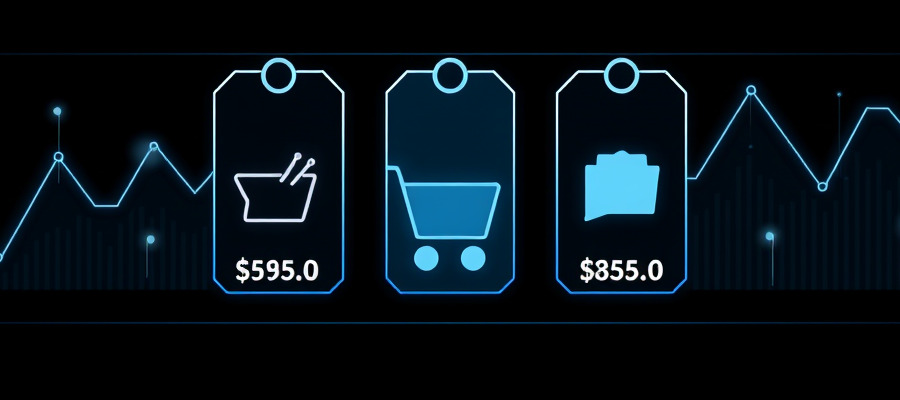E-commerce Automation: Boost Sales on Autopilot
From cart abandonment emails to inventory sync—automate it all.

E-commerce Automation: Boost Sales on Autopilot
Running an e-commerce business can be incredibly rewarding, but also incredibly demanding. Juggling inventory, marketing, customer service, and sales can feel overwhelming. The solution? E-commerce automation. Automating key processes frees up your time, reduces errors, and ultimately boosts your sales—all while you’re sleeping, relaxing, or focusing on strategic growth.
What is E-commerce Automation?
E-commerce automation involves using software and tools to automate repetitive tasks within your online store. This can include anything from automatically sending order confirmations to managing your social media presence. By automating these processes, you can significantly improve efficiency and free up valuable time to focus on other aspects of your business.
Key Benefits of E-commerce Automation
- Increased Efficiency: Automate repetitive tasks, saving you valuable time and resources.
- Improved Accuracy: Reduce human error by automating tasks prone to mistakes.
- Enhanced Customer Experience: Provide faster responses and personalized interactions.
- Boosted Sales: Increase sales through targeted marketing campaigns and optimized processes.
- Scalability: Easily adapt to increased order volume and business growth.
- Reduced Costs: Lower operational costs by automating manual processes.
Essential E-commerce Automation Tools and Strategies
Here are some key areas where automation can significantly impact your business:
1. Marketing Automation
- Email Marketing: Automate email sequences for welcome messages, cart abandonment reminders, post-purchase follow-ups, and promotional campaigns. Tools like Mailchimp and Klaviyo are popular choices.
- Social Media Management: Schedule posts, engage with followers, and monitor your brand mentions automatically using tools like Buffer or Hootsuite.
- Retargeting Ads: Automatically target website visitors who haven’t made a purchase with personalized ads on platforms like Google and Facebook.
2. Order Fulfillment and Inventory Management
- Inventory Management: Integrate your e-commerce platform with inventory management software to automatically update stock levels and prevent overselling. Consider platforms like Shopify or Magento.
- Order Processing: Automate order confirmations, shipping labels, and tracking updates. Explore integrations with shipping carriers.
- Dropshipping Automation: If you use dropshipping, automate order forwarding to your suppliers.
3. Customer Service Automation
- Chatbots: Implement chatbots on your website to provide instant customer support and answer frequently asked questions. Explore options like Intercom or Drift.
- Automated Email Responses: Set up automated responses for common inquiries to ensure prompt communication.
Getting Started with E-commerce Automation
- Identify your needs: Analyze your current workflows and pinpoint areas ripe for automation.
- Choose the right tools: Select automation tools that integrate seamlessly with your existing systems.
- Implement gradually: Start with a few key automation tasks and gradually expand as you gain experience.
- Monitor and optimize: Track the effectiveness of your automation strategies and make adjustments as needed.
Conclusion
E-commerce automation is no longer a luxury; it’s a necessity for businesses striving for efficiency, scalability, and growth. By strategically automating key processes, you can free up your time, enhance customer experiences, and significantly boost your sales, ultimately putting your business on autopilot for success.



